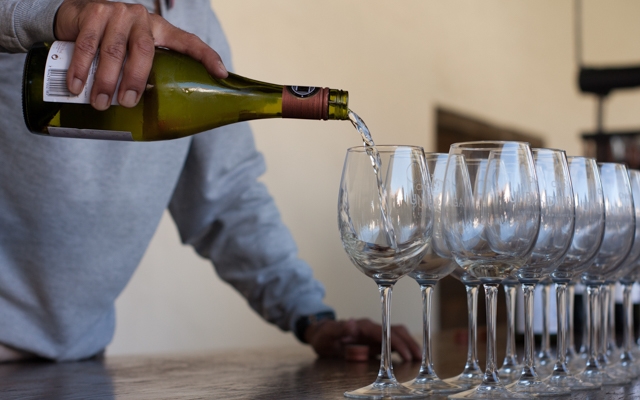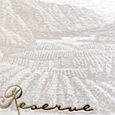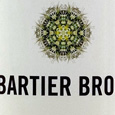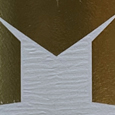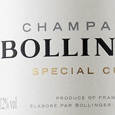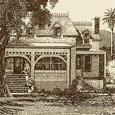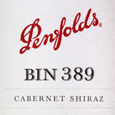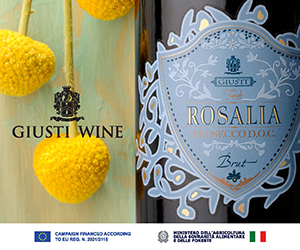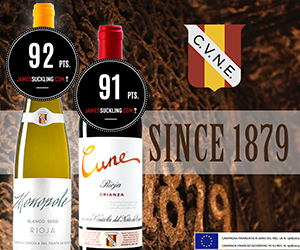The wine industry is too focused on quality.
Sure, that may be a controversial statement, but today the average bottle of wine – regardless of the region of origin – has never been better. Customers rightly assume that any winery they walk into will have quality wine they could serve at their dinner table. However, they don't know whether they'll like the wine they find. That's not a contradiction. All too quickly, we forget that wine style is just as much a driver of enjoyment as wine quality. A 2018 study by Sonoma State University found that American wine consumers have clear preferences in terms of how they want their wine to taste, whether it's semi-sweet (the most popular) or tannic (the least).
Some companies understand this better than others. Take Gallo: the largest wine producer in the world works tirelessly to determine the sensory preferences of their customers and then makes wine to meet that target profile. It sounds unromantic, but it's not a stretch to make a similar comparison to fine wine. When we talk about house style – whether it's Champagne or a classified growth – it means there is an archetypical wine profile that is aimed for vintage-to-vintage, and as a result, we have an expectation of what to anticipate in the bottle. A good example is Bollinger Champagne, which is known for an oxidative style resulting from significant use of reserve wines.
Vitalie Taittinger talks about the house style at Champagne Taittinger.
Fine wine embraces vintage variation in a way that is untrue for high volume, mass-market brands, which are often made in climates that can dependably produce the desired flavour profile. It doesn't mean a Champagne house will oscillate from an oxidative style in one year to a reductive style in the next. There may be a stylistic evolution over time, but it is generally done subtly and over several years. Established brands have an established customer base; unless something is catastrophically broken, it doesn't make sense to ostracize them. But the end goal is still the same: to adapt the house style to meet new challenges, whether it's climate change or changing consumer preferences.
Albiera Antinori discusses how Tignanello's style has slowly evolved over the decades.
For this reason, a vintage is expressed through the lens of a winery's house style and ought to be recognizable regardless of weather conditions, much like a brand's logo doesn't change from one year to the next. Chateau Clinet in Pomerol is known for its voluptuous, plush style, and that trademark is always present – within the context of the character of the vintage. Some vintages are more luxurious and riper than others, but Clinet is still Clinet. This is where picking decisions play an important role. Ripeness is not an objective criterion, but rather is relative to the desired wine style.
A defined house style should also not be at odds with a winery's terroir. Trying to produce full-throttle red wines in a marginal, cool climate means the target will be missed more often than not. It's like manufacturing a muscle car, but you don't know how many pistons the engine will have when it comes off the factory line. House style necessarily comes down to consistency. Of course, reasonable people will disagree on how best to interpret a vineyard's terroir. It is essential, though, because it forces a winery to take a position and defend it – because terroir-driven, in and of itself, is not a style. It's marketing jargon.
Interestingly, house style is not as frequently part of the New World lexicon. The lingering cult of the winemaker means it is winemakers, not wineries, more commonly associated with a particular wine style. Consulting winemakers often come with a corresponding style that you expect – regardless of the winery. One of the most prominent is Michel Rolland, who is infamously known for a fruit-forward, oak-driven style. There are exceptions, to be sure. British Columbia's Blue Mountain Vineyards continues to refine their winemaking, and have taken their wines to another level in recent vintages, while never wavering from a style that emphasizes restrained ripeness, acidity, and light use of oak.
The benefit of an articulated house style is that it provides a guiding light both internally and externally, ensuring continuity over time regardless of the winemaker. Any changes to the house style should require serious, meaningful introspection. It makes a winery less pervious to short-lived trends, but also allows its winemaking to evolve as necessary, slowly.
The question, then, is what happens when a winery's house style falls out of consumer favour? The wine industry can be slow to move, but this is where exciting innovation can occur. Fine wine may be terroir-based, but terroir does not innately tell a winery which wines should be bottled. In many cases, new, market-driven products are the key to reaching new consumers, while still respecting a winery's entrenched house style. For example, Sauternes is increasingly bottling excellent dry table wines, as the market for sweet wines has, well, dried up. It's no surprise that Alsace, too, is bottling more dry wines – and communicating this through a new guide that provides clear expectations as to the sweetness of its wine to customers.
No one is hoping to go back to the days when grabbing a bottle of wine off the shelf was a game of roulette. Let's continue to push quality. However, let's not forget the importance of wine style. Wineries need to understand what their customers drink, and they need to tell us what we can expect in the bottle – not just now, but for the foreseeable future, because wine style is just as much a part of a wine brand as its logo or packaging.
Some wineries with style:

 quicksearch
quicksearch

